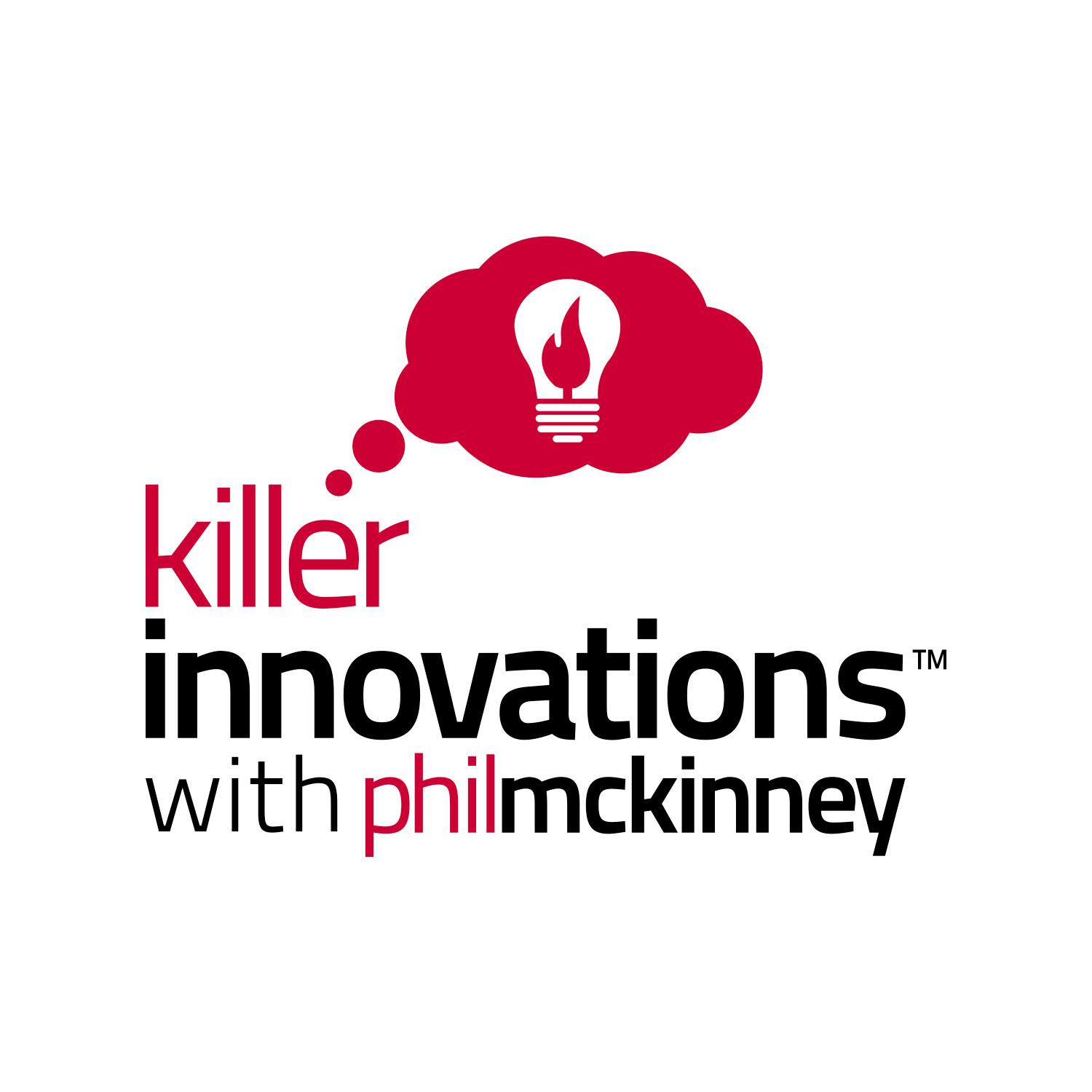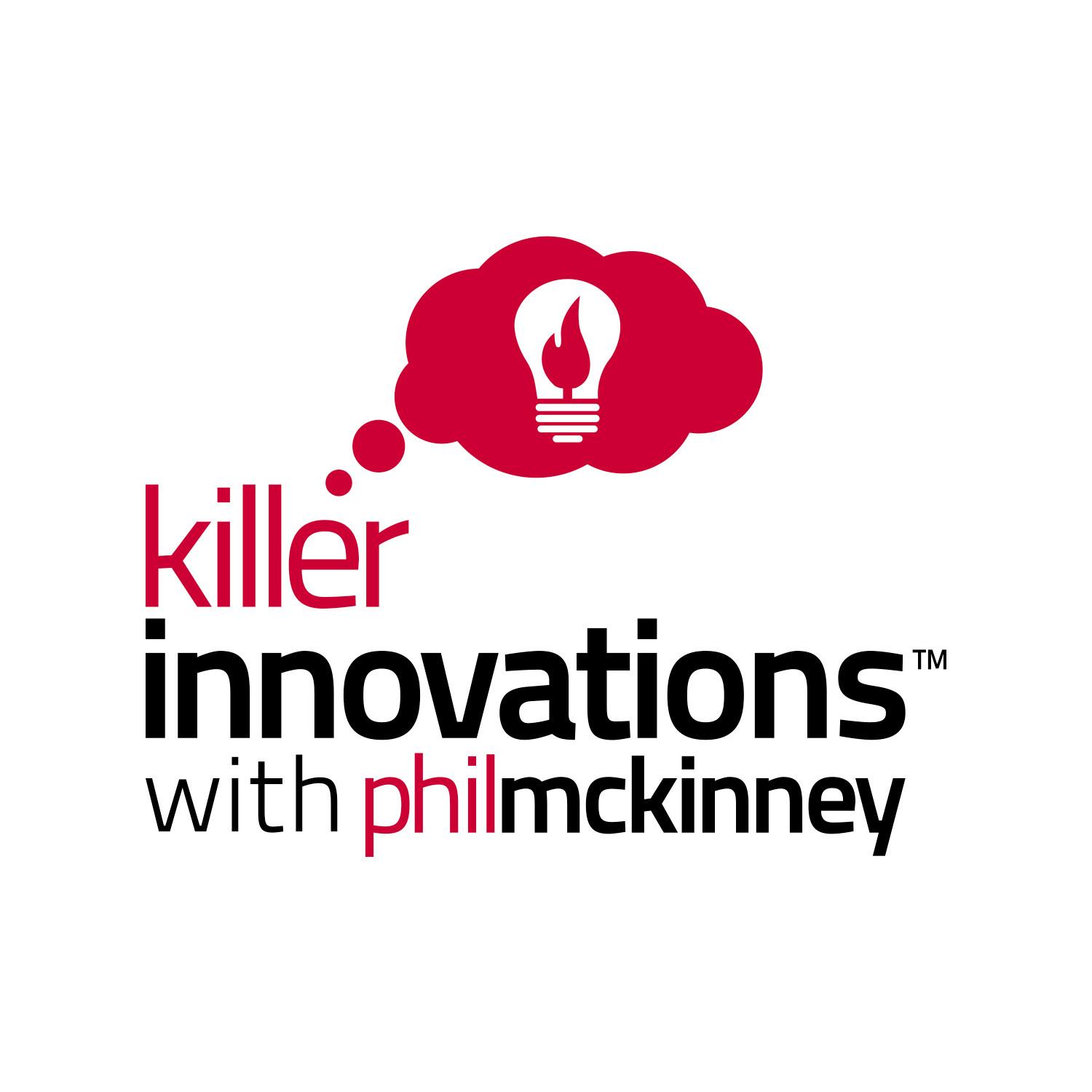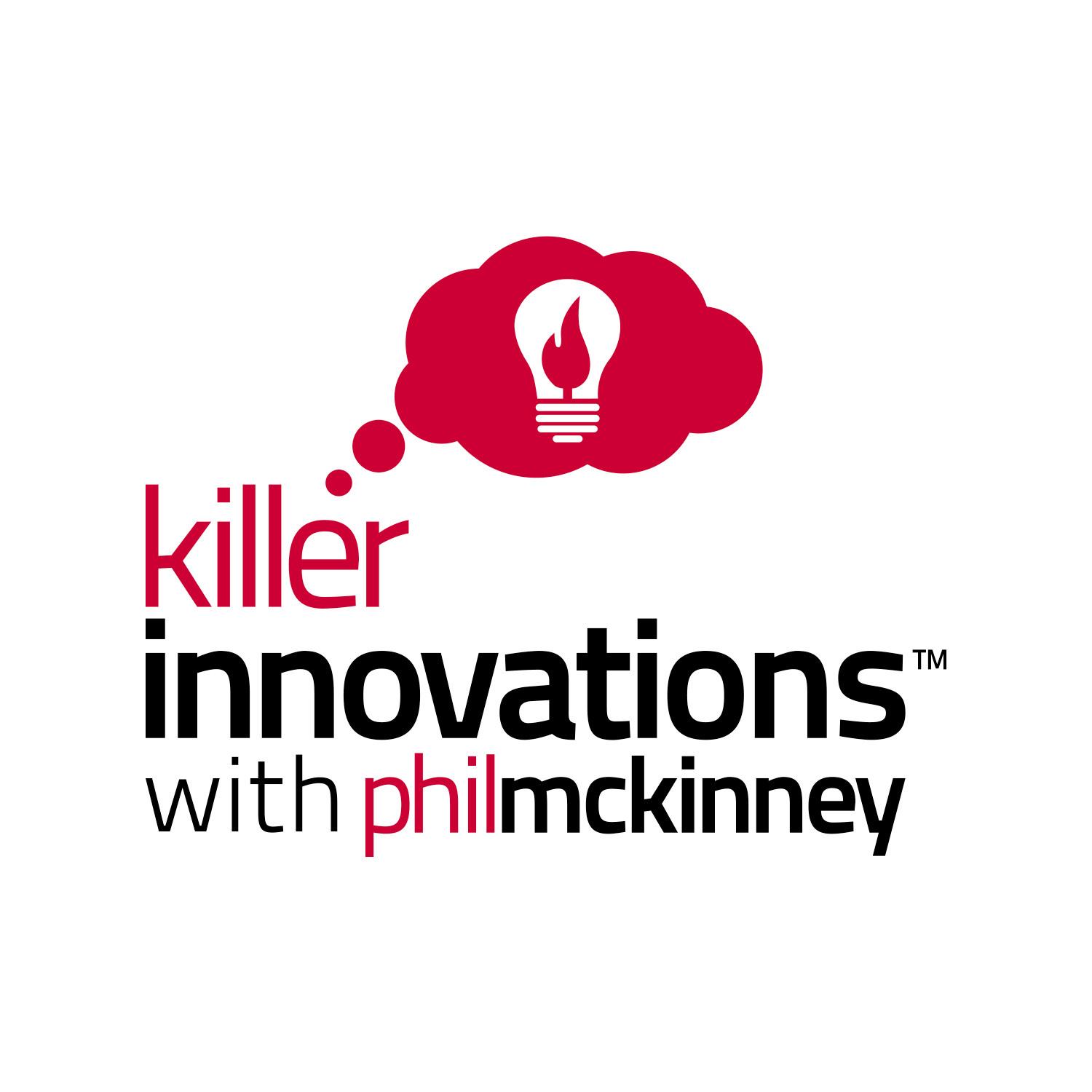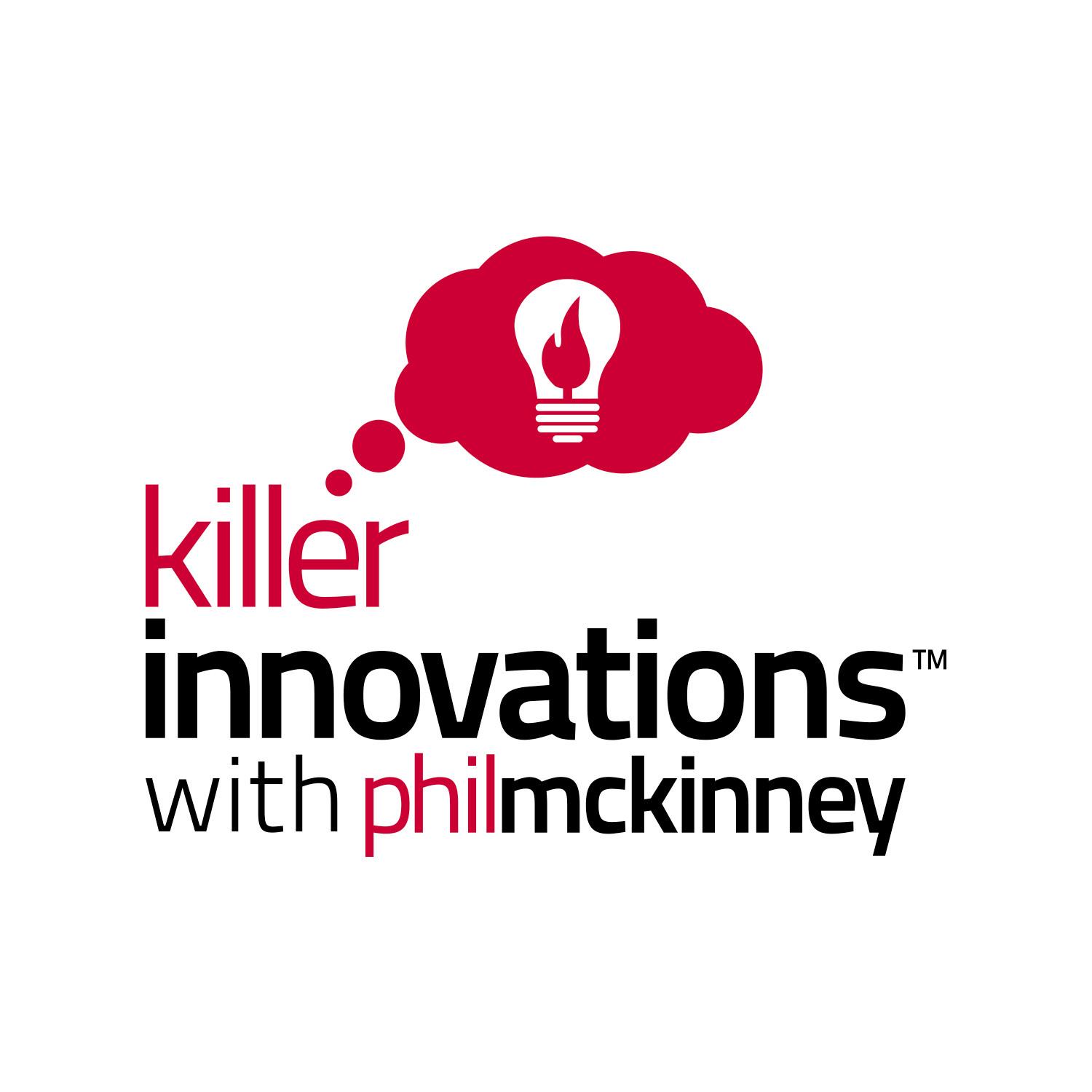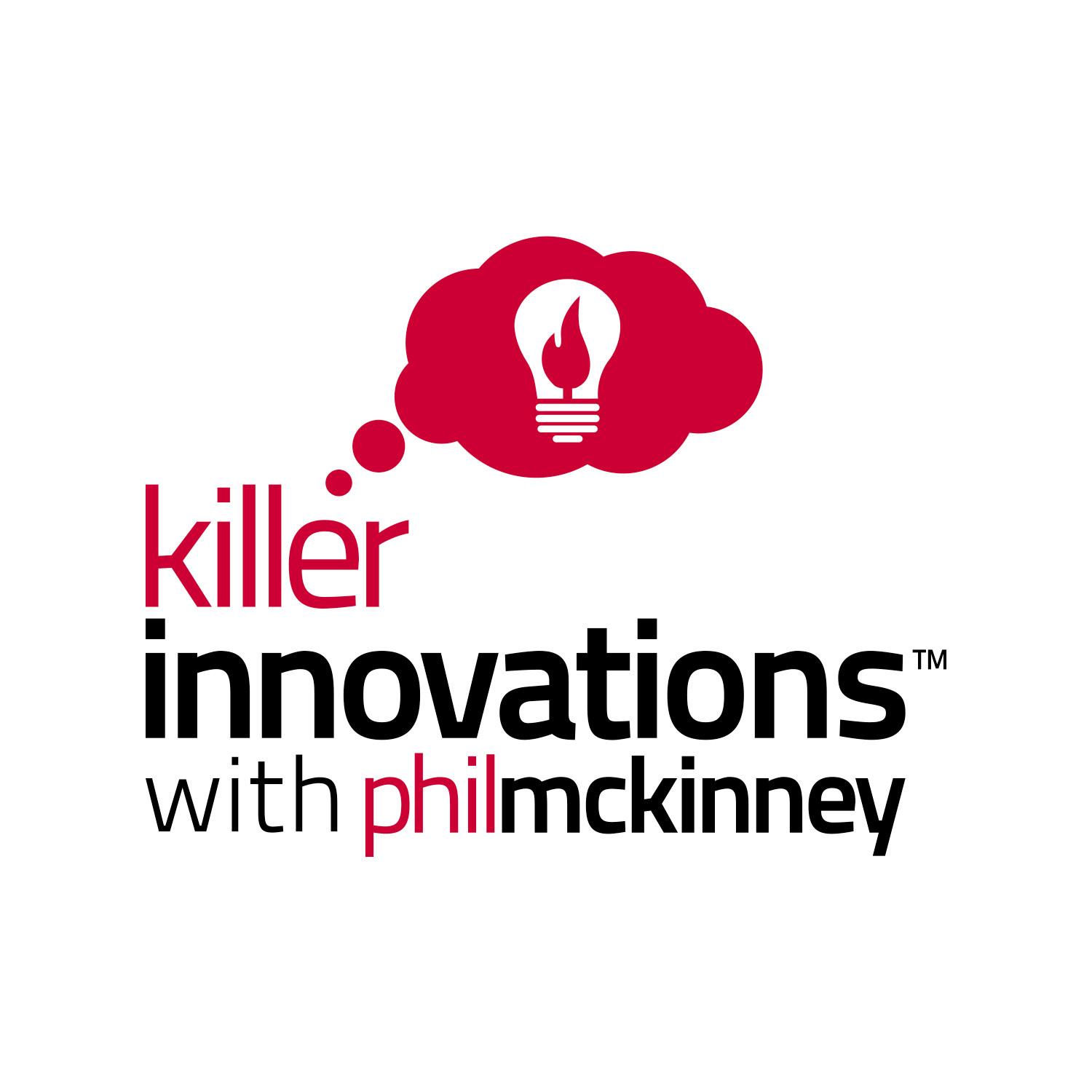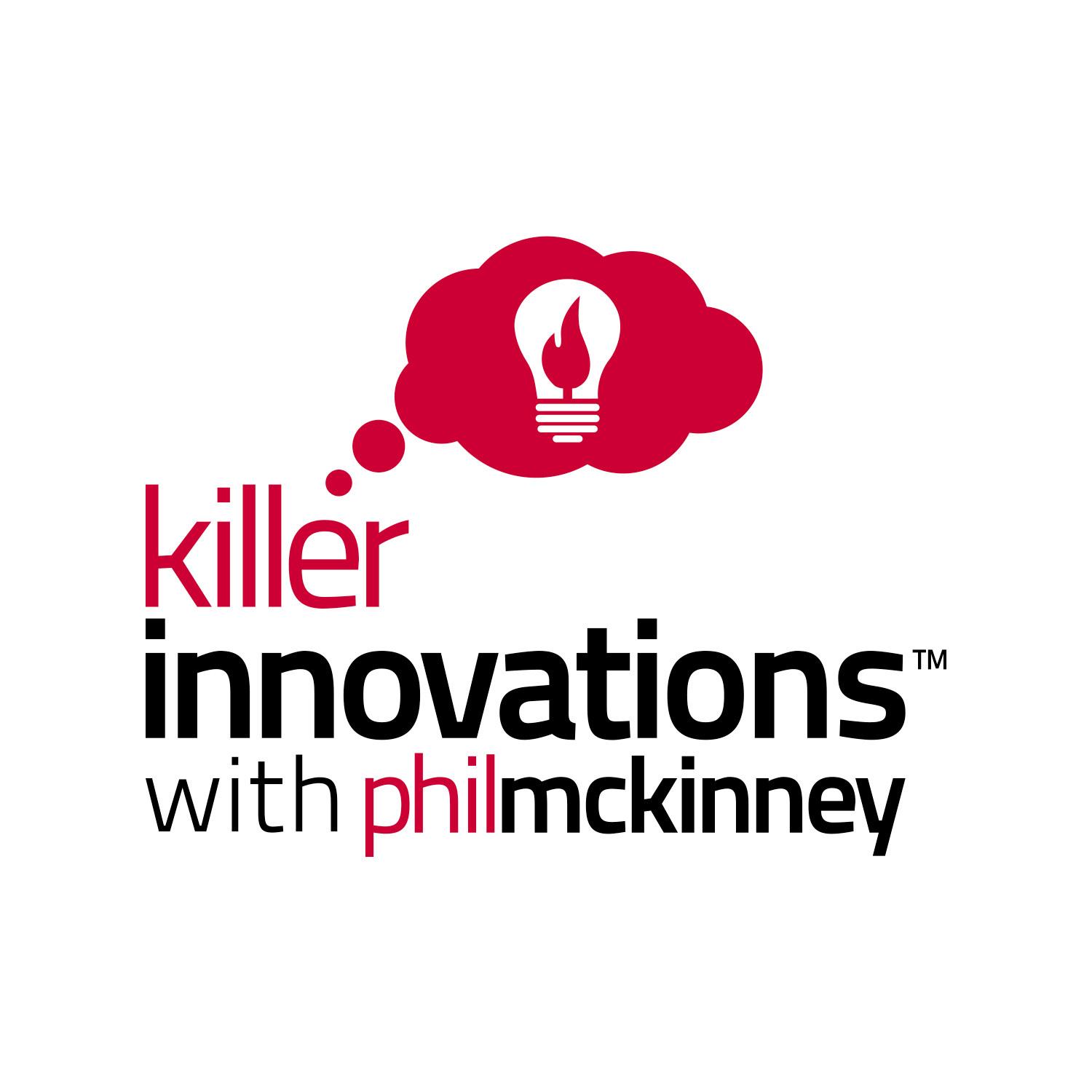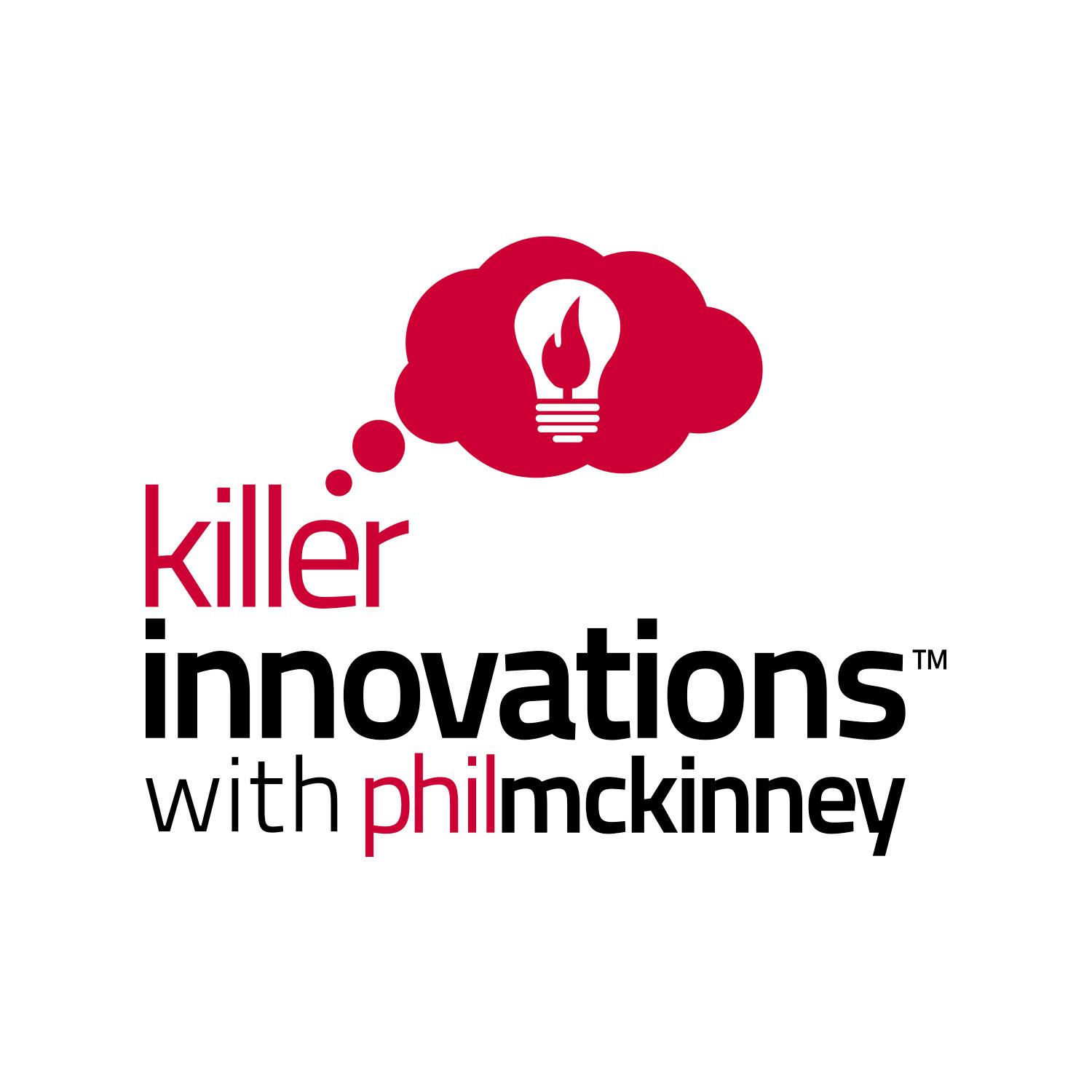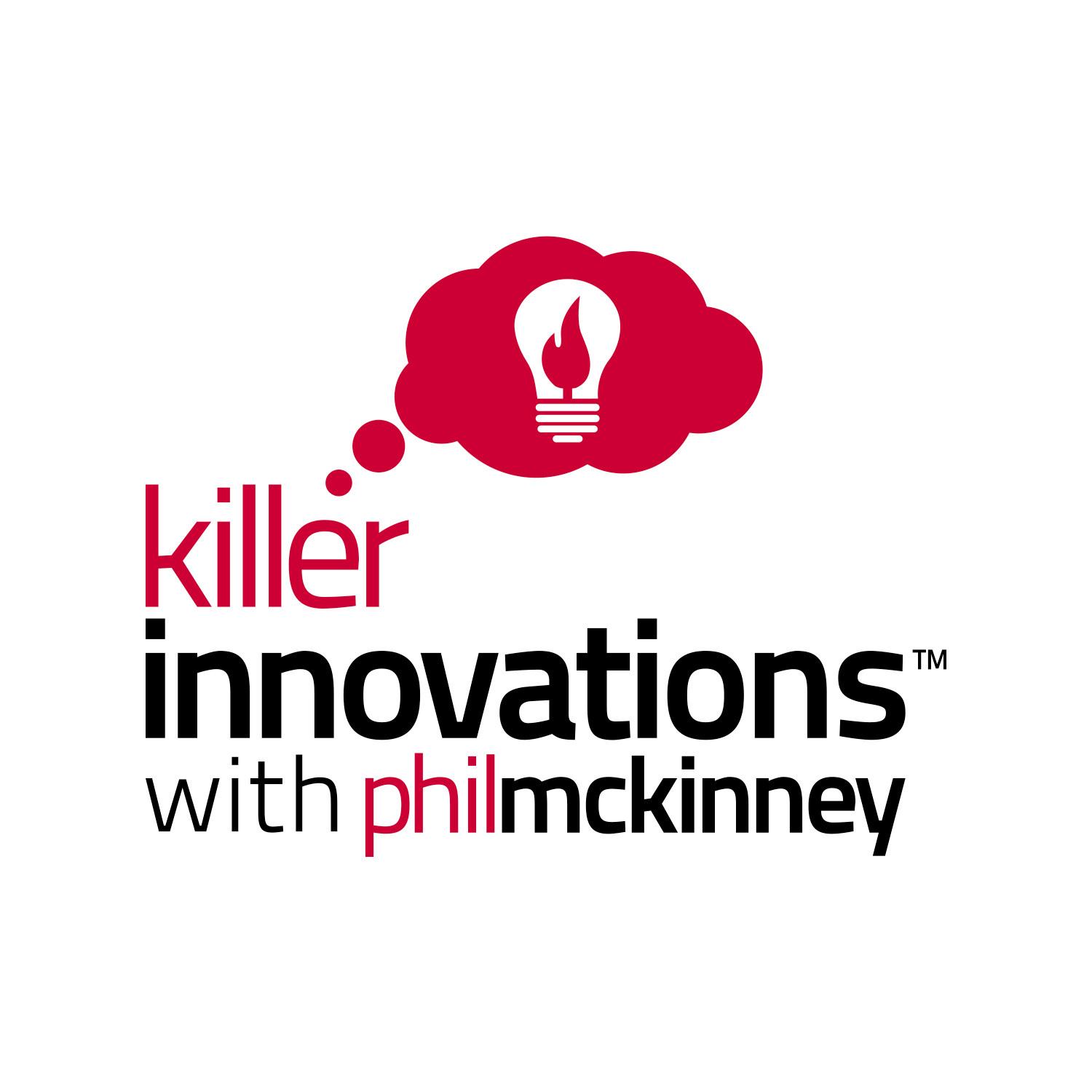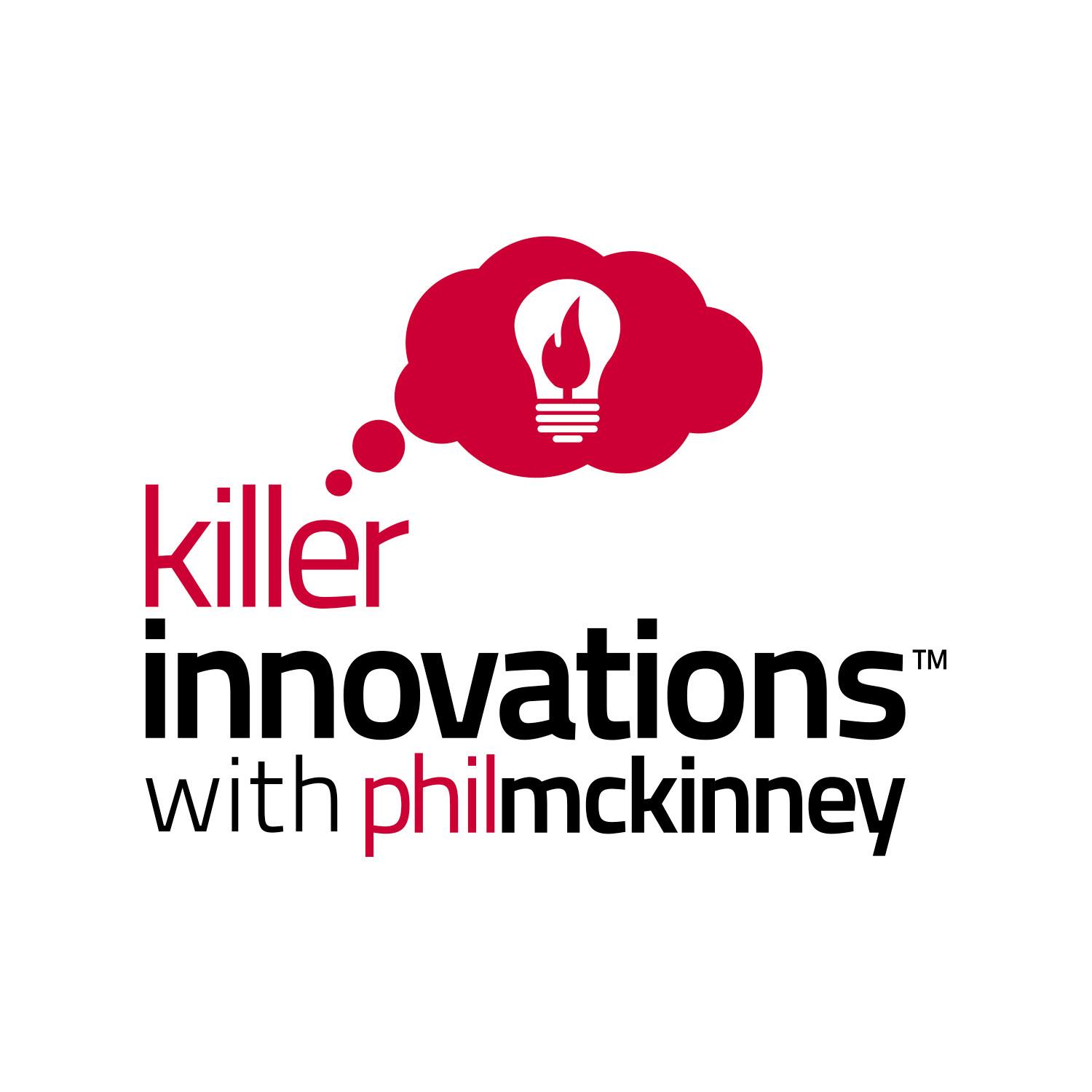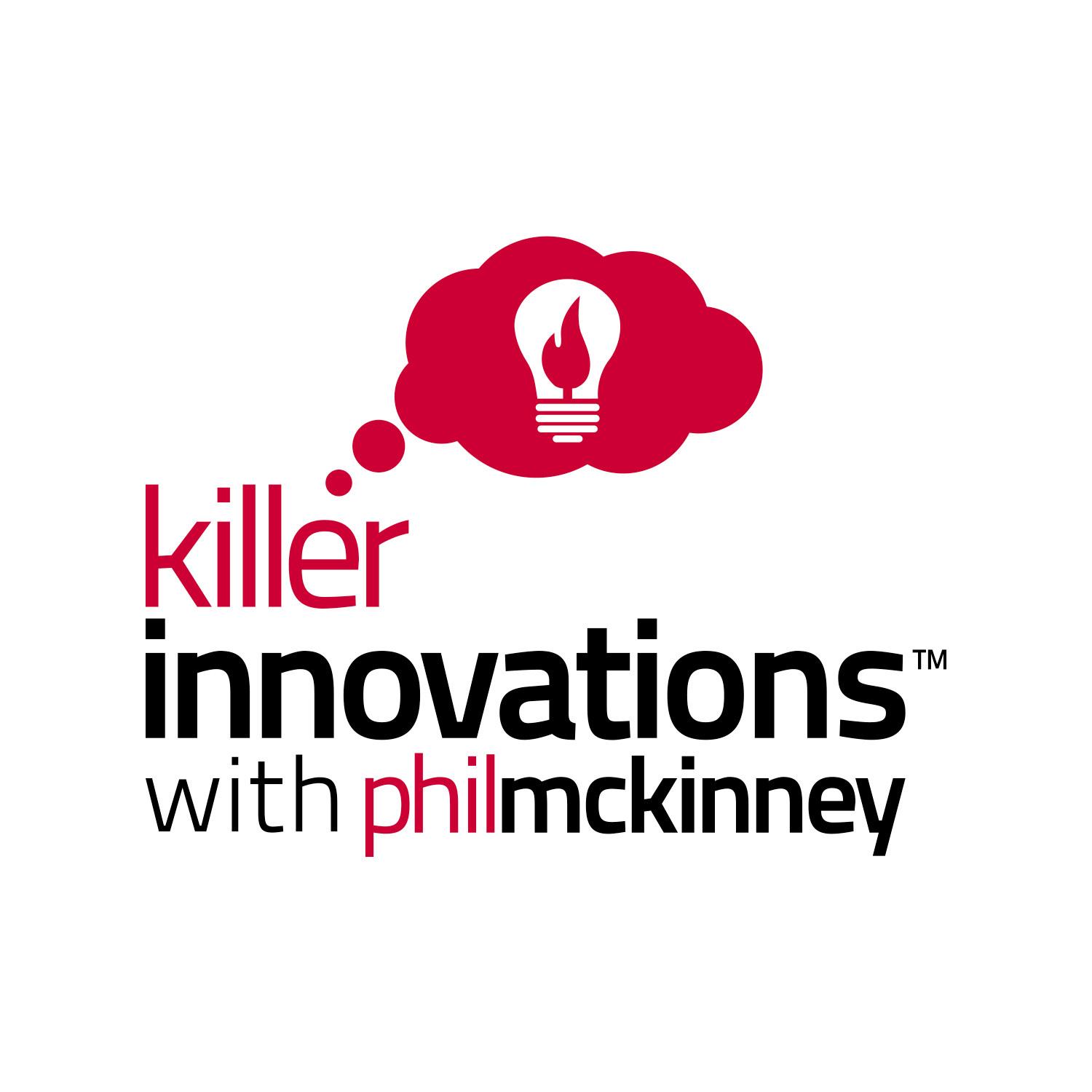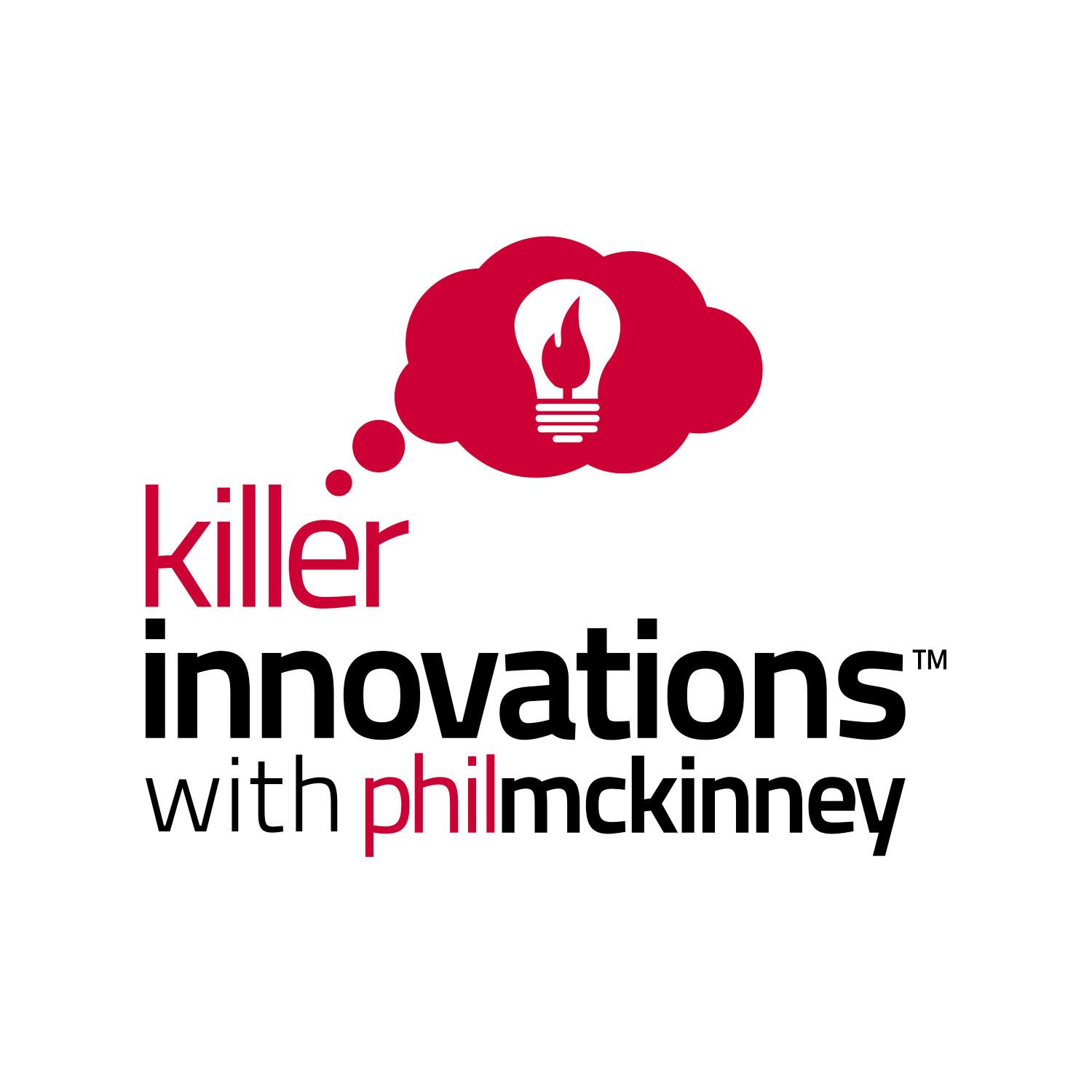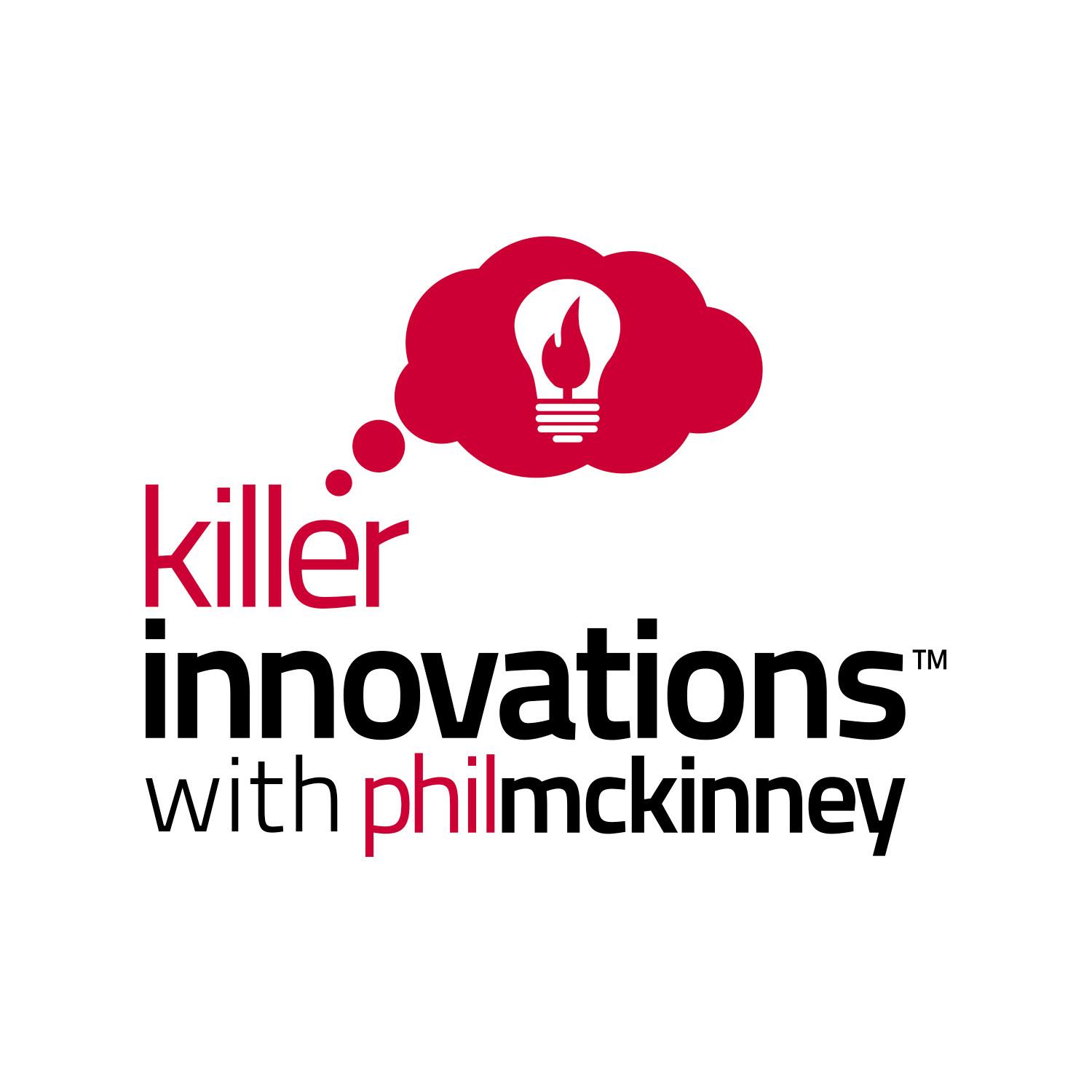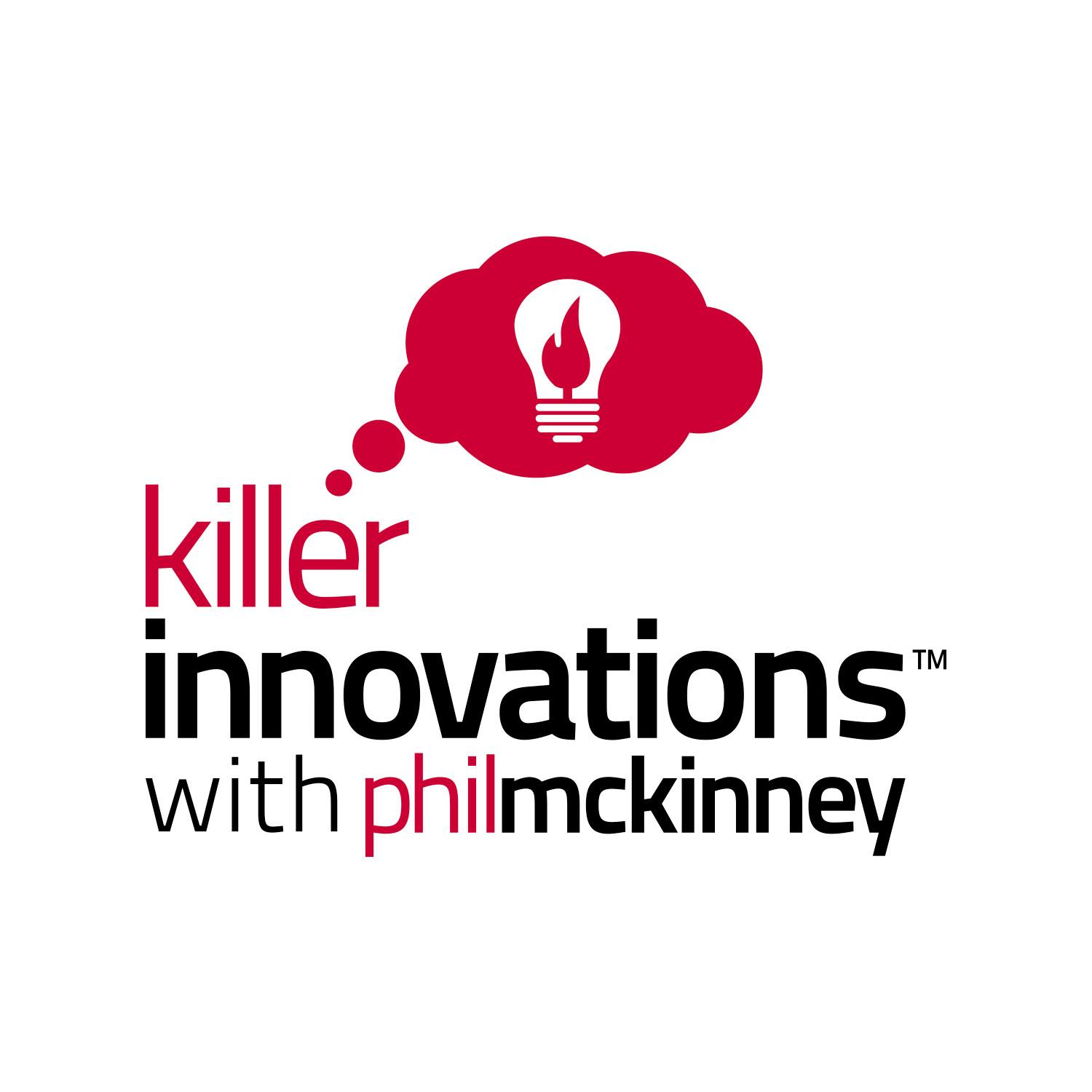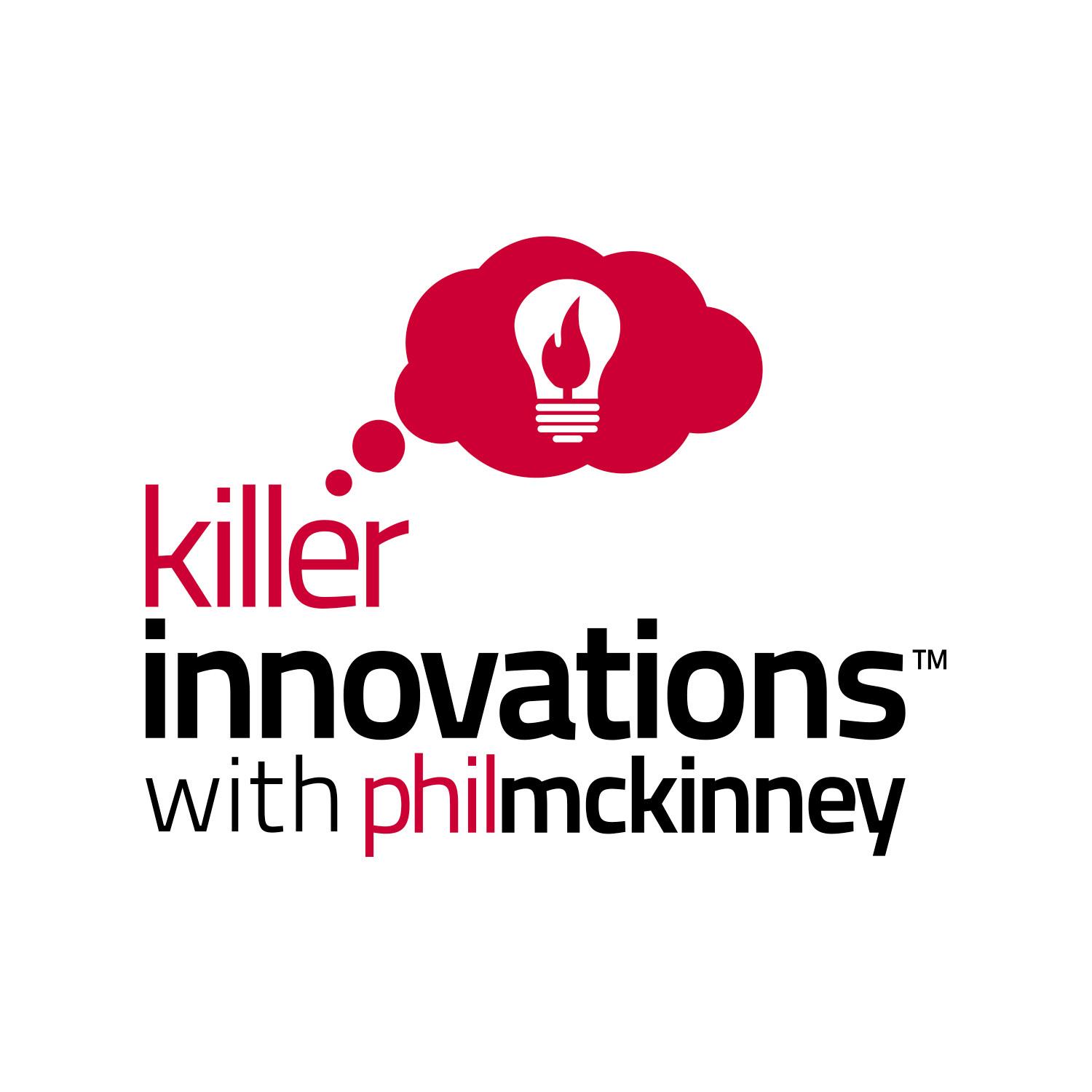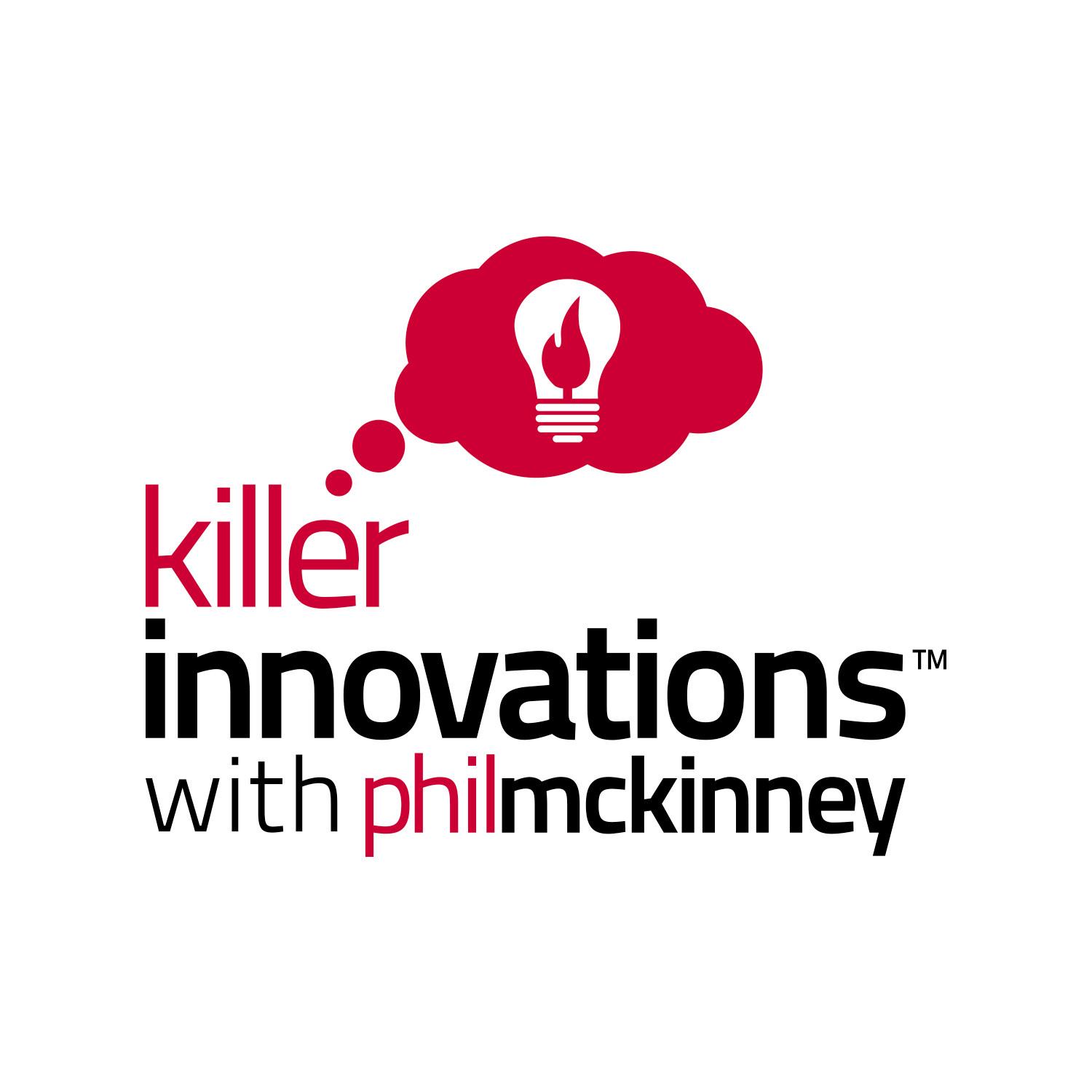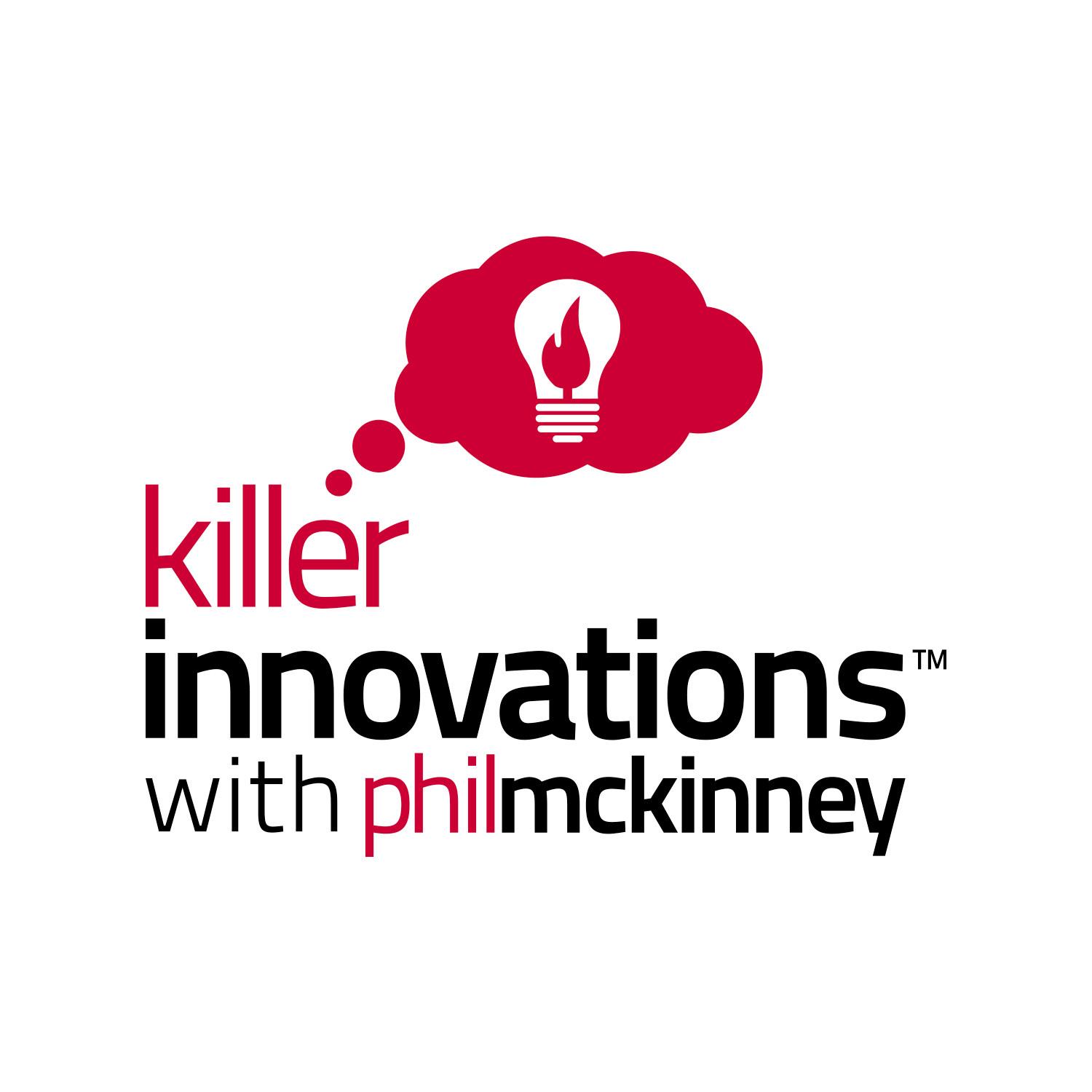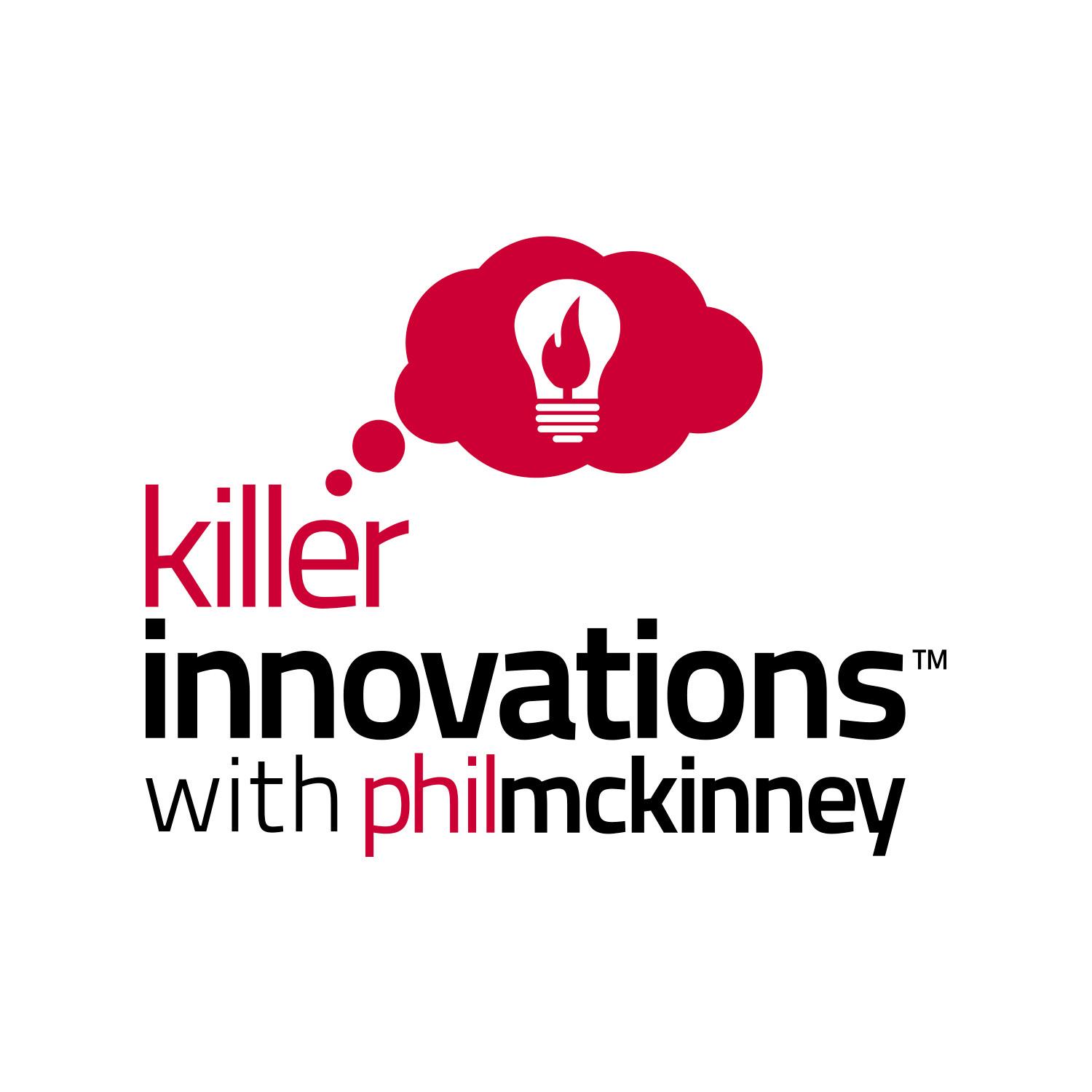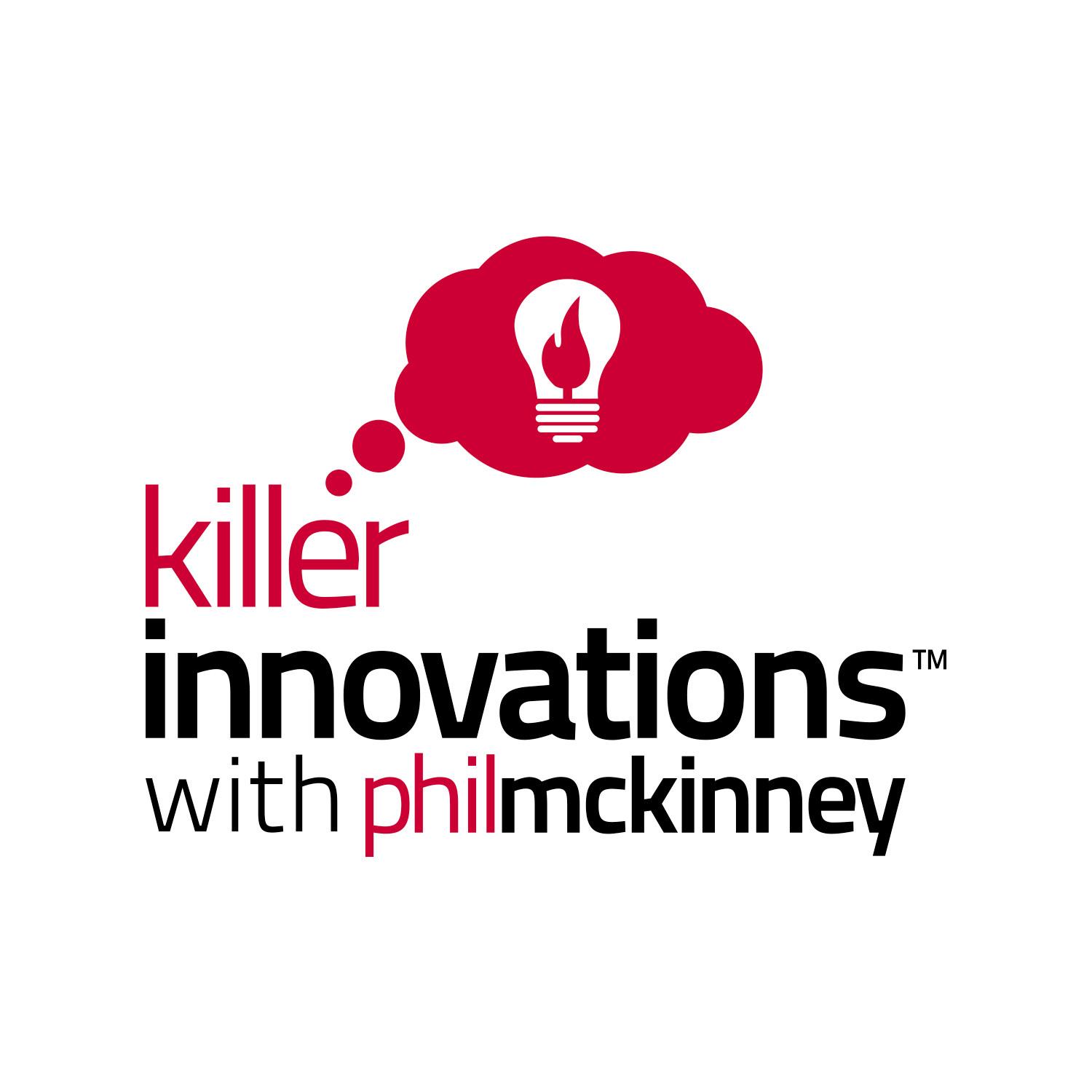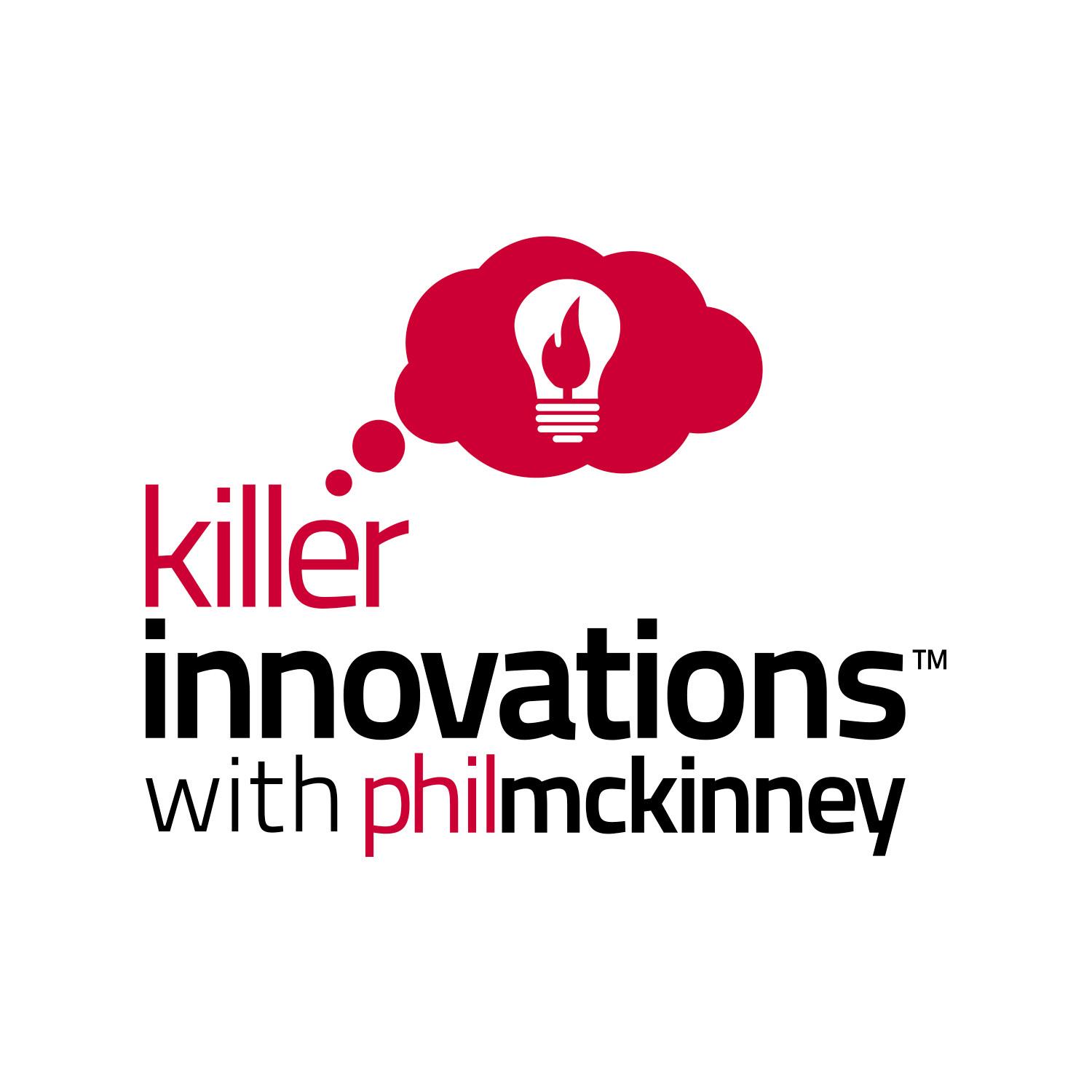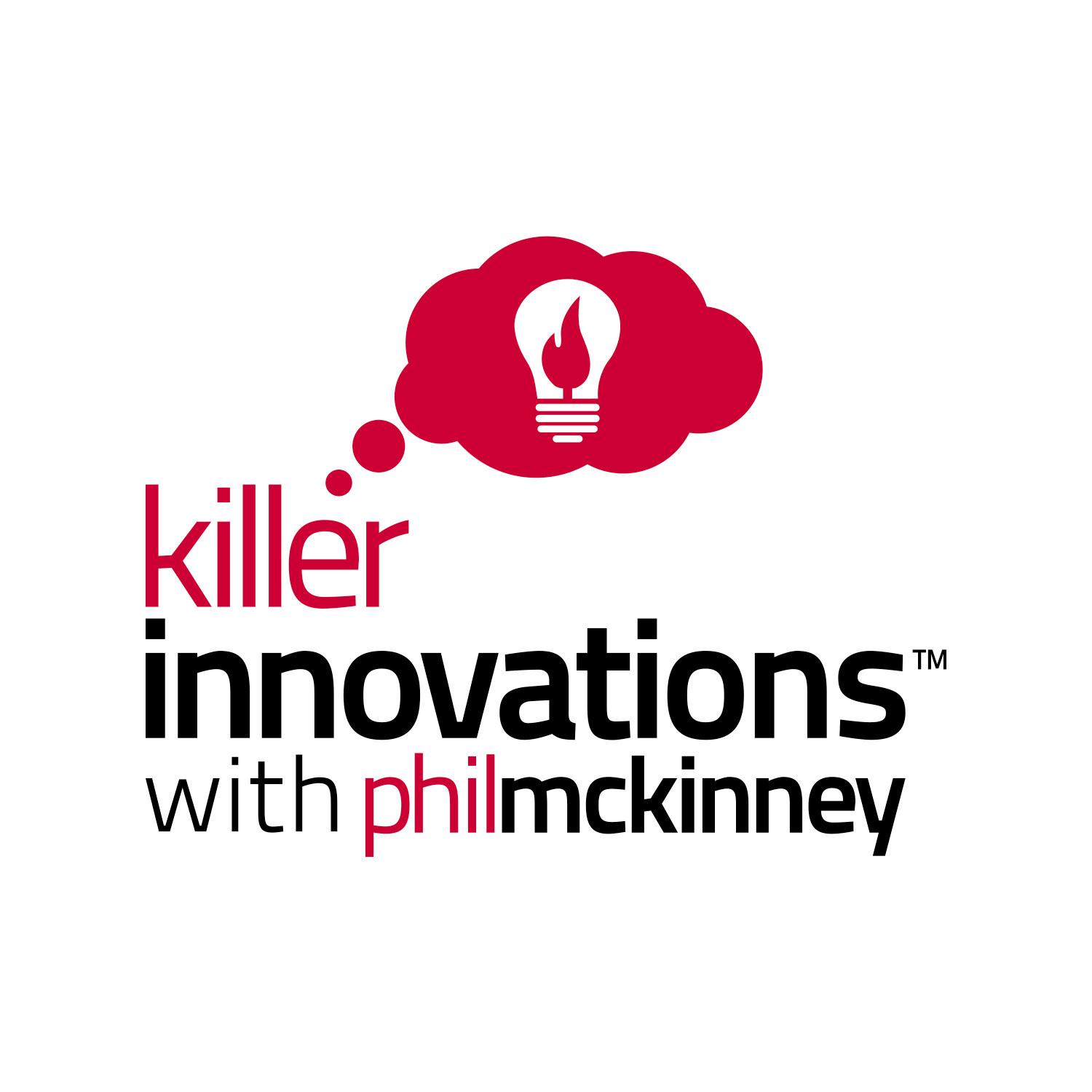How to See Opportunities Others Miss
Description
In 2005, I had a ten-minute conversation at San Jose Airport that generated billions in revenue for HP. But here's what's fascinating: three other HP executives heard the exact same conversation and saw nothing special about it.
If you read Monday's Studio Notes, you know this story from the emotional side—what it felt like to have that breakthrough moment, the internal resistance I faced, the personal transformation that followed. Today I'm delivering on my promise to give you the complete tactical methodology behind that insight.
I'm going to show you the systematic framework I call high-resolution thinking—and how you can train yourself to see opportunities that others miss entirely.
By the end of this episode, you'll understand the three-stage system that turns casual conversations into breakthrough innovations, you'll have nine specific methods you can practice, and you'll walk away with a week-long exercise you can start immediately.
Here's what I want you to do right now: think of one conversation you had this week where someone mentioned a frustration, a side project, or something they wished existed. Hold that in your mind—we're going to transform how you process that kind of information.
Credibility and Results
But first, let me establish why this matters. That airport conversation led to HP's acquisition of VooDoo PC, the creation of HP's gaming business unit, and HP's rise to number one gaming PC market share—a position we held for years. The HP Blackbird that resulted earned PC Gamer's highest score ever awarded and a 9.3 from CNET.
More importantly, I've used this same methodology to identify breakthrough opportunities across multiple Fortune 100 companies over the past two decades. The framework is repeatable, teachable, and it works.
The difference between breakthrough innovators and everyone else isn't intelligence or access to information. It's thinking resolution—the cognitive ability to process multiple layers of information simultaneously while others get stuck examining only the surface.
The Problem
But before we dive into the framework, let me show you why this has become absolutely critical.
We're living through what I call a "thinking recession." Despite having access to more information than ever before, our cognitive resolution is actually decreasing.
Here's a startling statistic: the average executive processes over 34 GB of information daily, but misses 73% of the strategic signals embedded in that data. We're drowning in information while starving for insight.
Watch any leadership meeting and you'll see the symptoms: binary thinking applied to complex situations, focus on symptoms instead of root causes, poor synthesis of multiple data streams, and over-reliance on frameworks that miss critical edge cases.
Pause here and ask yourself: How many potential opportunities did you miss last week simply because you processed them as routine information instead of strategic signals?
Consider Kodak—a company that literally invented the first digital camera, owned the patents, and dominated the market. They processed digital photography in low resolution, seeing it as a threat to film rather than recognizing how convenience, quality improvements, and social sharing behaviors would converge to create an entirely new market.
Meanwhile, Instagram—a company that didn't even exist yet—was destined to process the same signals with enhanced clarity. They understood that digital photography wasn't about replacing film. It was about transforming social connection through visual storytelling.
This pattern repeats constantly, and the stakes keep getting higher.
The HP Story
Let me show you exactly how high-resolution thinking worked in that airport conversation.
I was traveling to San Diego with three other HP executives to visit a defense contractor. Standard business trip. But instead of small talk, I asked the HP engineer traveling with us about his side project.
After some prodding, he described a PC he'd built with "off the charts performance." He'd been sneaking parts from the parts bin, sneaking motherboard customizations into production runs, conducting unauthorized R&D on his own time.
Here's where thinking resolution made the difference:
Standard Resolution Capture: "HP engineer built fast PC" High-Resolution Capture: Internal stealth project + upcoming defense contractor insights + performance optimization + unauthorized innovation driven by market demand
Standard Resolution Processing: "Fast PC = gaming opportunity"
High-Resolution Processing: Multiple pattern vectors converging—computing power trajectory hitting gaming demand trajectory, defense-grade performance concepts moving toward consumer markets, enthusiast communities forming through internet connections
Standard Resolution Compression: "Let's build gaming PCs" High-Resolution Compression: Acquire existing excellence rather than build from scratch, preserve innovation culture while scaling distribution, create gaming ecosystem not just products
The three other executives processed the same information but missed the pattern convergence that would reshape the entire computing industry.
Framework Overview
Now let me show you the systematic solution. High-resolution thinking operates through three distinct stages, and here's the key insight: each stage amplifies the others exponentially.
Stage 1: Capture - Most people process conversations at surface level, missing 90% of the strategic signals embedded in everyday exchanges. This stage trains you to simultaneously examine multiple layers of reality—from obvious statements to hidden patterns to emerging trends—so you extract breakthrough insights from information others dismiss as routine.
Stage 2: Process - While others analyze single trends in isolation, advanced thinkers recognize that breakthrough opportunities emerge where multiple patterns converge. You'll learn to track pattern vectors across different scales and timeframes, then identify the intersection points where small insights become massive market opportunities.
Stage 3: Compress - Even brilliant insights die if they can't drive action, which is why 89% of strategic observations never get implemented. This stage teaches you to package complex discoveries into forms that bypass cognitive resistance and create inevitable decisions rather than ignored recommendations.
Here's what's fascinating: most people get stuck in Stage 1—they either see only surface information or get overwhelmed by details. Advanced thinkers master all three stages systematically, and that's when breakthrough insights become predictable rather than lucky.
The companies dominating their industries have leaders who excel at all three stages. The ones struggling usually excel at only one or two.
Let me break down each stage with specific methods you can practice immediately.
STAGE 1: Capture
Stage 1 trains you to see what competitors overlook by processing information through multiple layers simultaneously. Most people process conversations at surface level, missing 90% of the strategic signals embedded in everyday exchanges, but you'll learn to extract game-changing insights from information others dismiss as routine.
Let me break down the three methods for capturing hidden opportunities:
Method 1: Multi-Layer Observation
Most people either see the big picture or get lost in details, but advanced innovators process both simultaneously along with emerging signals and missing context. This systematic scanning technique operates through four distinct lenses, ensuring you never overlook critical information that competitors dismiss as irrelevant noise.
- Surface Layer: What everyone sees (the obvious)
- Pattern Layer: What connects and repeats (the structural)
- Signal Layer: <span style=

